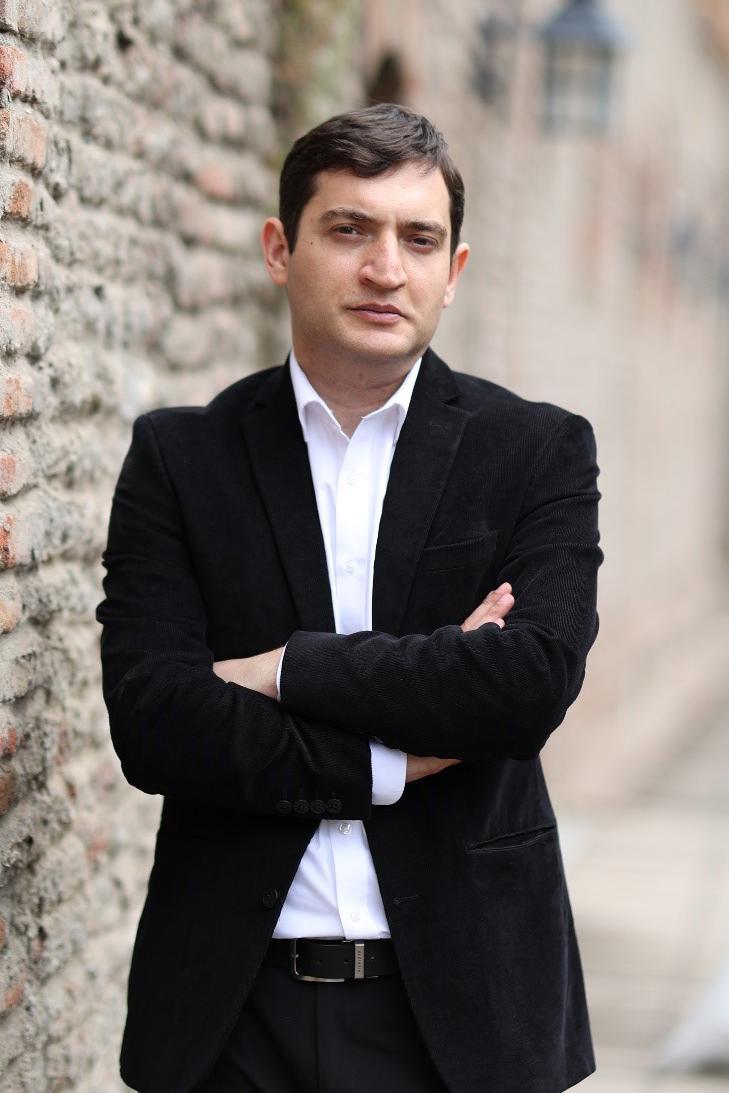Bachana Lomsadze Receives Prestigious NSF Early CAREER Award
The Department of Physics at Santa Clara University (SCU) is thrilled to announce that Assistant Professor Bachana Lomsadze received a National Science Foundation (NSF) early CAREER award. The CAREER award is NSF’s most prestigious award and it is designed to support “early-career Faculty who have the potential to serve as academic role models in research and education and to lead advances in the mission of their department or organization.”

With this support, Professor Bachana Lomsadze and his group will develop a new tool that combines near-field optical microscopy with frequency comb-based multidimensional coherent spectroscopy to improve both the spectral and spatial resolutions for super resolution imaging for better understanding of the chemical and physical properties of two-dimensional materials. Understanding material properties at small length scales is critical for correlating how structural variations influence chemical reactions and specificity as well as energy transfer locally. Using this new tool, they will study two-dimensional transition metal dichalcogenides that have emerged as very attractive systems for applications in opto-electronic devices, including solar cells, light-emitting diodes, and photo-transistors. Their discoveries could lead to better understanding of these materials’ nanoscale properties and could aid efforts to develop quantum devices. This new tool also has the potential to be used outside the laboratory for practical applications in many fields ranging from forensics, medical imaging, and field analysis.
Professor Lomsadze will also develop classroom activities for non-science majors to help students understand and appreciate basic science and technology that is impacting society today. “NSF’s CAREER award is very prestigious and competitive and I am extremely honored that NSF chose my proposal. This five-year grant will enable my group to work on a very exciting and cutting-edge research project” says Prof. Lomsadze.
For more details about Professor Lomsadze’s research, please check out the Lomsadze Lab website.